Photographing Hawaiian Lava with Sigma 150-600mm S Lens
Photographing Hawaiian Lava By Sea
Photographing lava is tricky at best…dangerous at worst. Here on the Big Island of Hawaii, we have two options…go out on a boat to shoot the lava as it pours over the cliff, or hang on the side of a cliff praying it will not fall away beneath you…and that the next huge plume of smoke/gas and organic material will not ruin your lungs and camera gear.
I choose to do both…sea and land. In this blog, I want to share how I get it done by sea.
Cameras, Lenses, and Lava
My friend, Shane, launches his Lava One boat at 4:30am. We have a 20 mile ride up the lava coast to get to the ocean entry. Before I leave land, I have two camera bodies ready…one with a bright wide lens…in my case, a Sigma 20mm f1.4 and the other with my favorite lens of all time…the fabulous Sigma 150-600mm S lens. These are my primary setups for ocean entry shots. I shoot the 20mm until just after sunrise and the big boy after the sun comes up. Everything is hand held, so trying to get to at least 1/200th of a second is the challenge…easy on the 20mm (as in the shot above with the 20mm), not so easy on the f5-6.3 big glass. I use ISO up to 800 to help me get up to speed.
Here is an example of what you can get before the sun comes up with the 150-600mm Sigma. Keep in mind…it is really dark out, you are on a boat, the boat is moving, the lava is moving, the ocean is moving and you are surrounded by steam and smoke. And yet…f/7.1, 1/200th of a second at ISO 800 captured this shot…
As the sun starts to rise, I start by turning down the ISO, followed by turning up the speed and finally, adjusting the aperture to gain additional depth of field with higher aperture numbers.
Here is the start of that process, moving the ISO down to 640.
Or…
You can also move the settings around as in the above photo, taken at ISO 800, f/5 at a 200th of a second…at 150mmm (we were right next to the flow and very very hot).
As the sun comes up, you keep adjusting. The bottom two photos are both at 800 ISO (I think I got lazy and did not adjust it down)…the first one is at f/11 and the second at f/5.6, with both at a 500th of a second. The sun was barely up and this great lens captured some amazing detail and color.
Shoot The Lava
Should you find yourself on the Big Island of Hawaii and you want to go shoot the lava, email me. I will be happy to go out with you or tell you how to do it on your own…directions, contacts and appropriate warnings. I think lava photography is extremely difficult to master, but your Sigma equipment will give you an advantage, and I hope this blog will give you a strategy that works for you first time around. Shoot lots of shots…the steam and all the movement will mess up a bunch of them. But every now and again…you will nail a beauty. Good luck to you.
Next blog…shooting a lava ocean entry while hanging on the side of a not-too-stable cliff using the Sigma 150-600 S lens, and why an insurance purchase might be a good idea.
(Originally published on Sigma Photo on December 6, 2016.)
About the Author:
Don Hurzeler is a professional photographer living in Kailua-Kona, Hawaii. Don and his wife Linda, photograph for Lava Light Galleries on the Big Island of Hawaii. They, along with their partners, C.J. Kale and Nick Selway, recently produced a coffee table book called the Hawaiian Collection. Don’s photos have been used in books, advertisements, on web sites and have been award winners in various contests. He is proud to shoot Sigma lenses…and he particularly loves the Sigma 150-600S lens…using it to photograph owls in flight, lava flowing into the sea, the massive Hawaiian surf and whales off the Kona coast.
Connect with Don on Twitter, Facebook, Google+ or LinkedIn, and purchase his latest book Smells Like Retirement: How to Create a Rock-Solid Plan for the Best Years of Your Life on Amazon. Learn more about the book here.
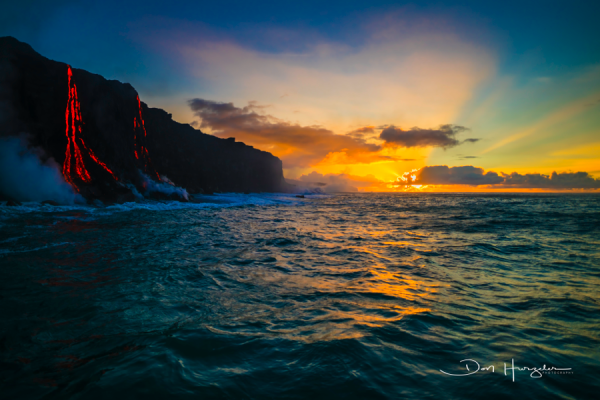
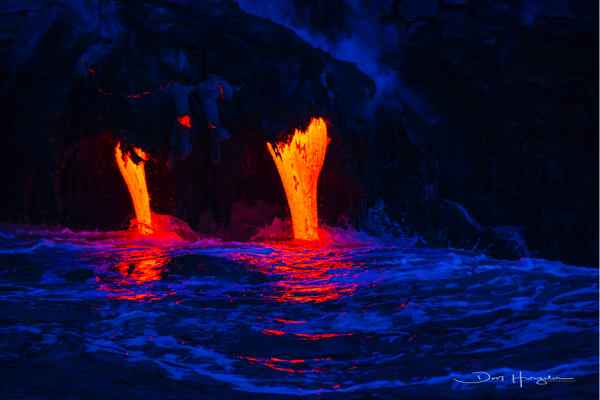
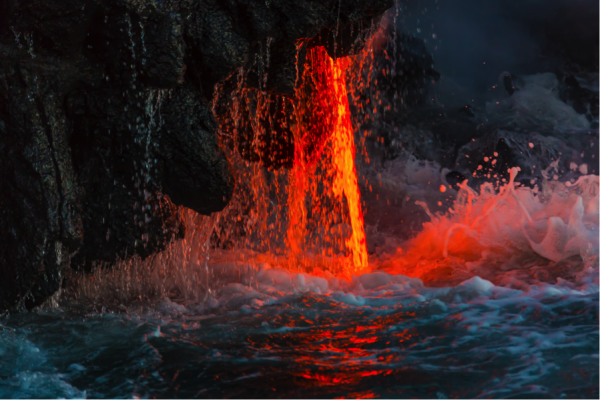
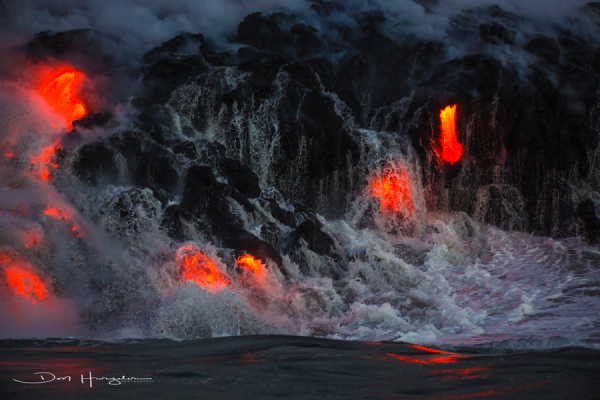
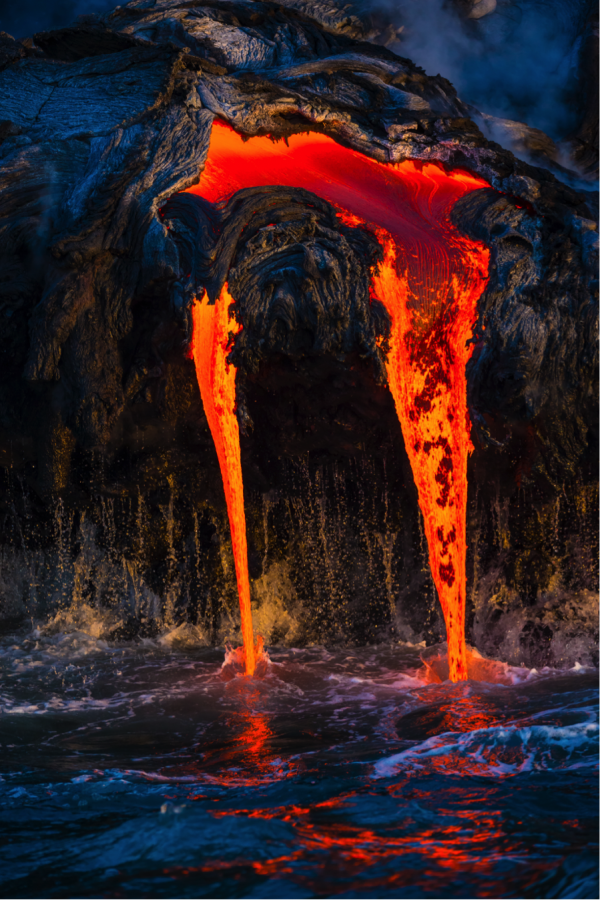
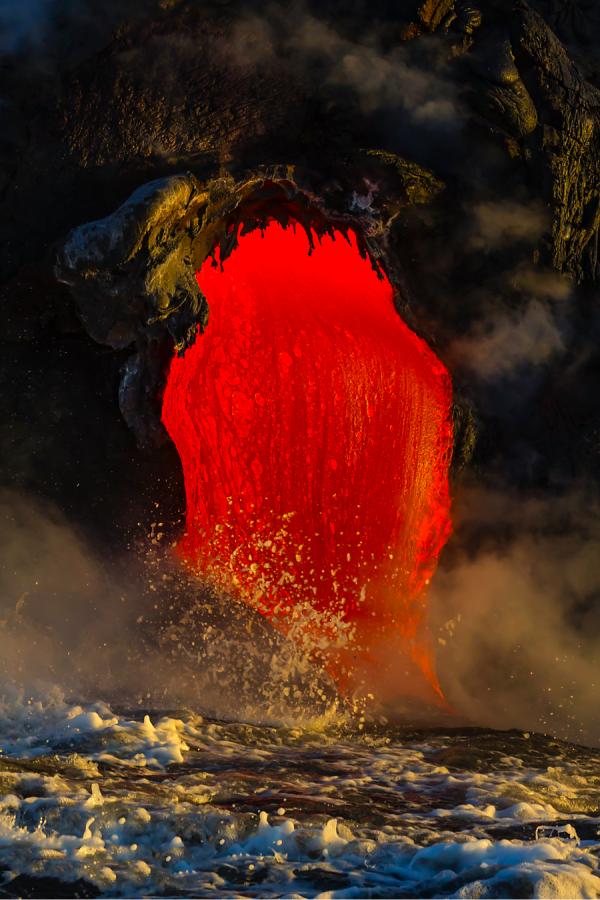

I hope to rent Sigma 150-6m Sport shortly, but was wondering if the review on your end will be coming soon?
Hi…I am not an expert lens reviewer…I am more of a heavy heavy user of this lens. I shoot it almost everyday. So far I have found it fast to focus on the Canon 5D Mark4 body. I have a converter to use it with my Sony A7R2, but have found that to be slow to focus and it hunts a bit. I hand hold the lens a lot and it gets some getting use to. It is a bit heavy. I am going on a ten mile hike in rough terrain tomorrow and will carry the Sigma 50-500 with me instead…much lighter and wider range. The 150-600 S is sturdy…does not suck in dirt and seems to be ok in damp conditions. The 50-500 is not so good with dust or moisture. The 150-600 S is large and hard to hold steady for long exposures…if there is wind of 10mph or higher…tends to jiggle even on a great tripod. The images are SHARP. The stabalizers are good. This is my favorite lens ever. I also own the 300-800 Sigma lens…a real great tool but it is so big that using it is a project. I love Sigma lenses….the S models and the ART lens…and no one is paying me to say that I love them. Thanks for asking.